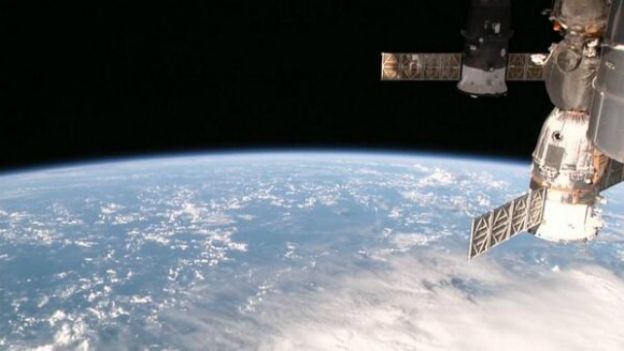NASA Mars missions are classified into three categories. There is a Interest Rover which landed on Mars in 2012, the Viking 1 lander that has been released in 1975, as well as the Phoenix lander which released back in 2007. All 3 rovers have been successful with their goals and successfully obtained free samples in the work surface of Mars. However, Curiosity has proved to be the most famous quest mars moons as this has been in a position to gather details from its surroundings and evaluate them.
Curiosity’s landing website is Gale Crater. It was actually selected mainly because it experienced a great deal of sedimentary rocks that can give specifics of Martian global warming after a while. Due to crater getting shadowed, it enjoyed a lower probability of getting h2o and life at any point in Martian background.
Following the Fascination areas, it is going to deliver data and photographs to Earth through its UHF antenna. This is then sent to JPL where technical engineers decipher the info and make types making use of supercomputers. These versions support experts understand what the situations were like before and just how various surroundings may impact potential individual exploration.
The other two rovers have not provided a lot information, nonetheless they managed attain their goals. Both of them accumulated garden soil and rock and roll trial samples in the process. Each objectives (NASA Mars)survived four months each.
The Viking Landers are thought to have brought about ten pounds of garden soil and rock and roll free samples returning to Earth. Experts may use these samples to find out if there seemed to be once life on Mars by finding substance remnants put aside.
In 2010, the Phoenix az Lander was placed on Mars (NASA Mars)and sent a variety of measurements to look for the surroundings around it. Between this details, scientists had the ability to discover there was once water h2o running on Mars.
Scientists expect that the breakthroughs made by the rover will bring them closer to answering queries about whether daily life ever existed on Mars (NASA Mars).



